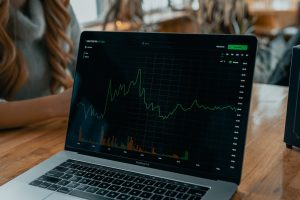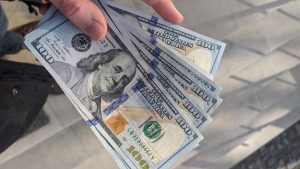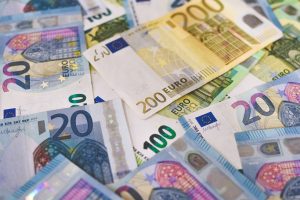The forex market, also known as the foreign exchange market, is the largest and most liquid financial market in the world. It is a decentralized market where currencies are traded 24 hours a day, 5 days a week. The market is driven by a multitude of factors, including economic and political events, as well as the actions of central banks and individual traders. In this article, we will explore how the forex market turns on and what factors contribute to its functioning.
To understand how the forex market turns on, we must first understand the basics of what it is and how it operates. The forex market is a global marketplace where currencies are exchanged. It is decentralized, meaning there is no physical location for the market, and trades take place electronically through an interbank network. The market is open 24 hours a day, 5 days a week, and is accessible to anyone with an internet connection and a trading account.
The forex market is made up of a network of banks, financial institutions, and individual traders. These market participants trade currencies with one another in order to profit from changes in exchange rates. The exchange rate is the price at which one currency can be exchanged for another. These exchange rates are constantly changing as a result of a variety of factors.
One of the main factors that drives the forex market is economic events. These events can include things like GDP data releases, employment reports, and inflation data. When these events occur, they can have a significant impact on the exchange rate of a currency. For example, if a country releases stronger than expected GDP data, it can cause its currency to appreciate against other currencies.
Another factor that contributes to the functioning of the forex market is the actions of central banks. Central banks are responsible for setting monetary policy and controlling the money supply of a country. When a central bank raises interest rates, it can cause its currency to appreciate as investors flock to that currency to take advantage of the higher interest rates. Conversely, when a central bank lowers interest rates, it can cause its currency to depreciate as investors move their money elsewhere in search of higher returns.
Individual traders also play a role in the functioning of the forex market. These traders can be retail traders or institutional traders, and they trade currencies for a variety of reasons. Some traders trade currencies to hedge their exposure to foreign currency risk, while others trade currencies to speculate on price movements. The actions of these traders can cause short-term fluctuations in exchange rates.
The forex market turns on through a process known as price discovery. Price discovery is the process by which buyers and sellers come together to determine the price of a currency. This process is facilitated by the interbank network, which allows market participants to buy and sell currencies with one another.
When a buyer wants to purchase a currency, they place an order with their broker. The broker then matches the buyer with a seller who is willing to sell the currency at the desired price. The buyer and seller then agree on a price, and the transaction is executed. This process happens millions of times per day, resulting in the constant fluctuation of exchange rates.
In conclusion, the forex market is a complex and dynamic marketplace that is driven by a multitude of factors. Economic events, central bank actions, and the actions of individual traders all contribute to the functioning of the market. The forex market turns on through a process of price discovery, which allows buyers and sellers to come together to determine the price of a currency. As the largest and most liquid financial market in the world, the forex market plays a crucial role in the global economy and offers opportunities for traders to profit from changes in exchange rates.






